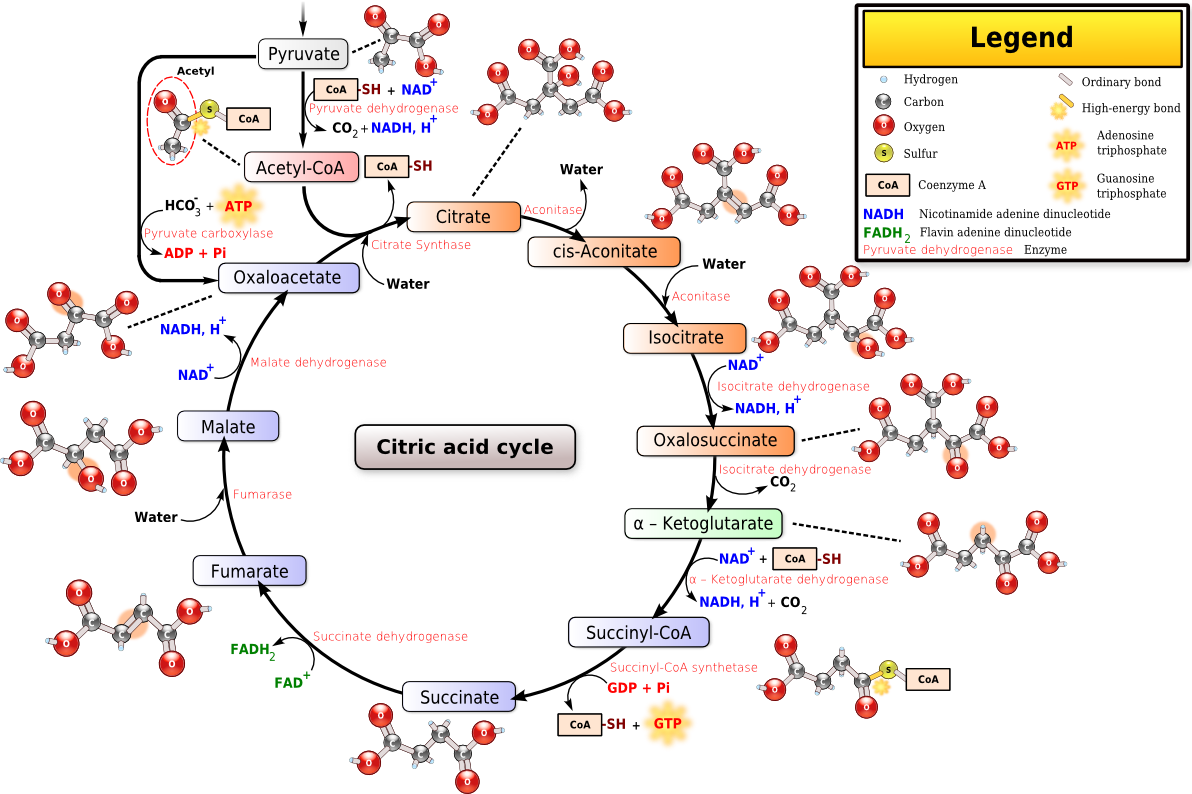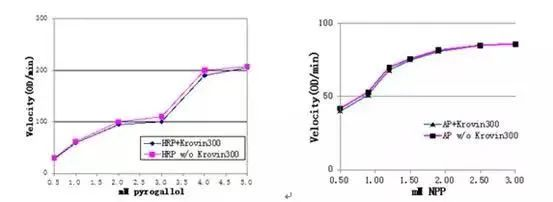KroVin300, a biological preservative, for the production of in vitro diagnostic reagents
Time:2024-01-12 Hits:297
In the developmental phase of in vitro diagnostic reagents, the stability of KroVin300 plays a crucial role in restricting the marketization process of the products. Developers, while emphasizing the accuracy and reproducibility of diagnostic reagent products, must also ensure product quality throughout its shelf life. Consequently, the selection of preservatives becomes pivotal. With the continuous evolution of in vitro diagnostic reagents, the demands for preservatives are escalating. Environmental considerations have been taken into account, leading to the gradual replacement of preservatives that pose harm to human health or the environment. The KroVin series preservatives, independently developed by Seebio specifically for in vitro diagnostic reagent production, are characterized by being broad-spectrum, high-efficiency, low-toxicity, and environmentally friendly.
The KroVin series includes various models, and for more product details, please contact us at service@seebio.cn or call +86 21 58183719 or message on Wechat at +86 158 0195 7578.
Advantages of KroVin Series Preservatives
Broad Spectrum Antibacterial Activity:
The diagram below illustrates the tricarboxylic acid cycle, with KroVin series preservatives targeting specific enzyme sites: alpha-ketoglutarate dehydrogenase, succinate dehydrogenase, and NADH dehydrogenase. These preservatives also inhibit other enzymes, such as pyruvate dehydrogenase, lactate dehydrogenase, alcohol dehydrogenase, etc., thereby impeding cell metabolism and the synthesis of macromolecules. The disruption of the energy system prevents cells from synthesizing compounds essential for daily metabolism.

Conclusion: KroVin series preservatives find extensive applications as all bacteria and fungi possess at least part of the tricarboxylic acid cycle.
Good Compatibility:
At the recommended concentration, KroVin series preservatives were applied to horseradish peroxidase and alkaline phosphatase systems, respectively. Km and Vmax measurements revealed that KroVin series preservatives did not impact the binding rate of enzymes and substrates. Furthermore, they had no effect on enzyme activity (refer to the figure below: Effect of KroVin300 on the binding rate of HRP/AP and substrate).

Through a study on the impact of KroVin series preservatives on the binding between purified mouse IgM antigen and HRP-conjugated anti-mouse IgM antibody, it was established that the preservatives do not affect the binding of the antibody. Once diluted to the recommended concentration, KroVin series preservatives biodegrade easily into non-polluting substances and exhibit good compatibility with various emulsifiers, surfactants, and protein ingredients.
Conclusion: KroVin series preservatives demonstrate excellent compatibility and do not interfere with enzyme or antibody reactions.
Functional features of KroVin series preservatives
Contrast between KroVin Series Preservatives and Alternative Preservatives
|
Type
Performance
|
Broad spectrum
|
Safety
|
Drug resistance
|
Economy
|
|
KroVin series
|
√
|
√
|
√
|
√
|
|
sodium azide
|
Interference with HRP
|
Highly toxic and explosive
|
√
|
√
|
|
thimerosal
|
√
|
Theoretically neurotoxic
|
√
|
√
|
|
Gentamicin
|
√
|
√
|
susceptible to drug resistance
|
√
|
|
P** series
|
√
|
√
|
√
|
expensive
|
The KroVin300 series preservatives exhibit broad-spectrum antibacterial activity, effectively inhibiting the prolonged growth of bacteria, fungi, yeast, and other microorganisms. Simultaneously, these preservatives are degradable, environmentally friendly, and capable of preserving the activity of enzymes within the system. Consequently, KV300 series preservatives serve as an ideal alternative to biological preservatives like thimerosal, sodium azide, and gentamicin.
Notably, these products don’t impact the functionality of most enzyme or antibody cross-linking reactions, ensuring they don’t interfere with test indicators.
Features and Benefits:
1. Broad-spectrum, long-term killing of a variety of bacteria, fungi and yeasts with low dosage.
2. It has a wide range of applicable pH and has both bactericidal and bacteriostatic effects.
3. Good compatibility, does not affect the activity of key enzymes, and does not inhibit antibody binding.
4. It is miscible with water and can be added in any process, making it easy to operate.
5. Low toxicity and harmless to health within the concentration used.
6. No residue, and the discharge will not cause cumulative pollution to the environment.
7. Does not burn, easy to transport, easy to use and low in cost.
8. Good compatibility with various emulsifiers, surfactants and protein ingredients.
9. Stable performance, no interfering inert substances, and does not interfere with the color of ISE electrodes and reagents.
Other advantages
The applicable pH range is between 2 and 9.5, with good chemical stability.
Use low dosage
Easy to use and can be mixed with water in any proportion
Low toxicity, environmentally friendly
these products don’t have a wide range of pH tolerance (PH2~9.5), [suitable for pH environment between 3.5-8, stability decreases when pH>8], has good chemical stability, and can be mixed with water, anions, cations, non-ions, etc. An ionic emulsifier, surfactant compatible with serum, protein, enzyme, etc. Mainly have the following applications:
1) Reference substance, coating solution, blocking solution, diluent, and buffer;
2) Liquid chromatography mobile phase (especially sugar column);
3) Calibration solution (pH, etc.);
4) Washing liquid and sink, etc.;
5) In vitro diagnostic kits and reagent preparation;
6) Configure production equipment, containers, pipeline cleaning fluid, etc. (need to be rinsed with clean water after use).
List of KroVin Series Preservatives
|
Product name
|
Item number
|
Packaging specifications
|
|
KroVin 300
|
25mL, 100mL , 500mL, 4L
|
Active ingredients: CMIT: 5-chloro-2-methyl-4-isothiazolin-3-one; MIT: 2-methyl-4-isothiazolin-3-one
